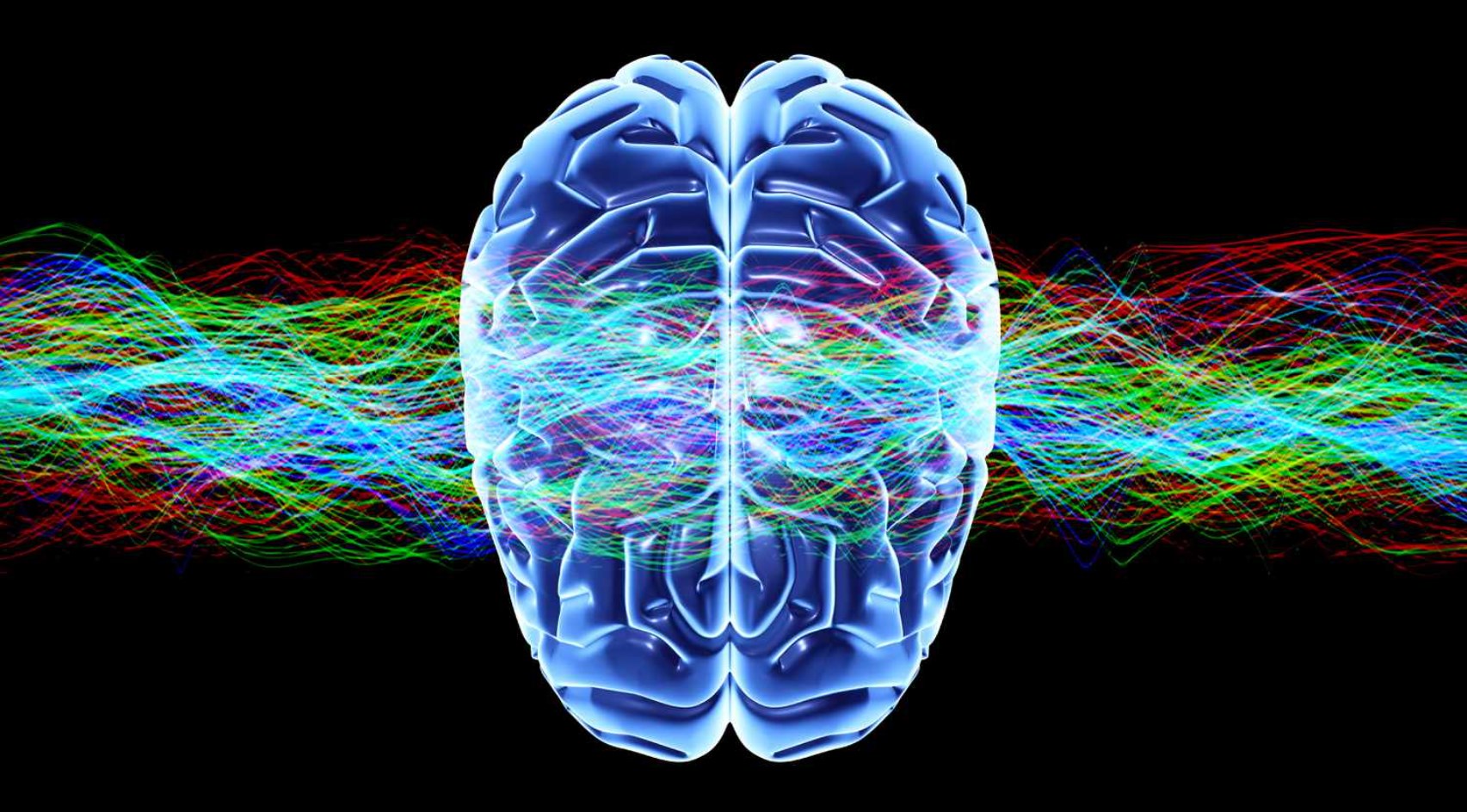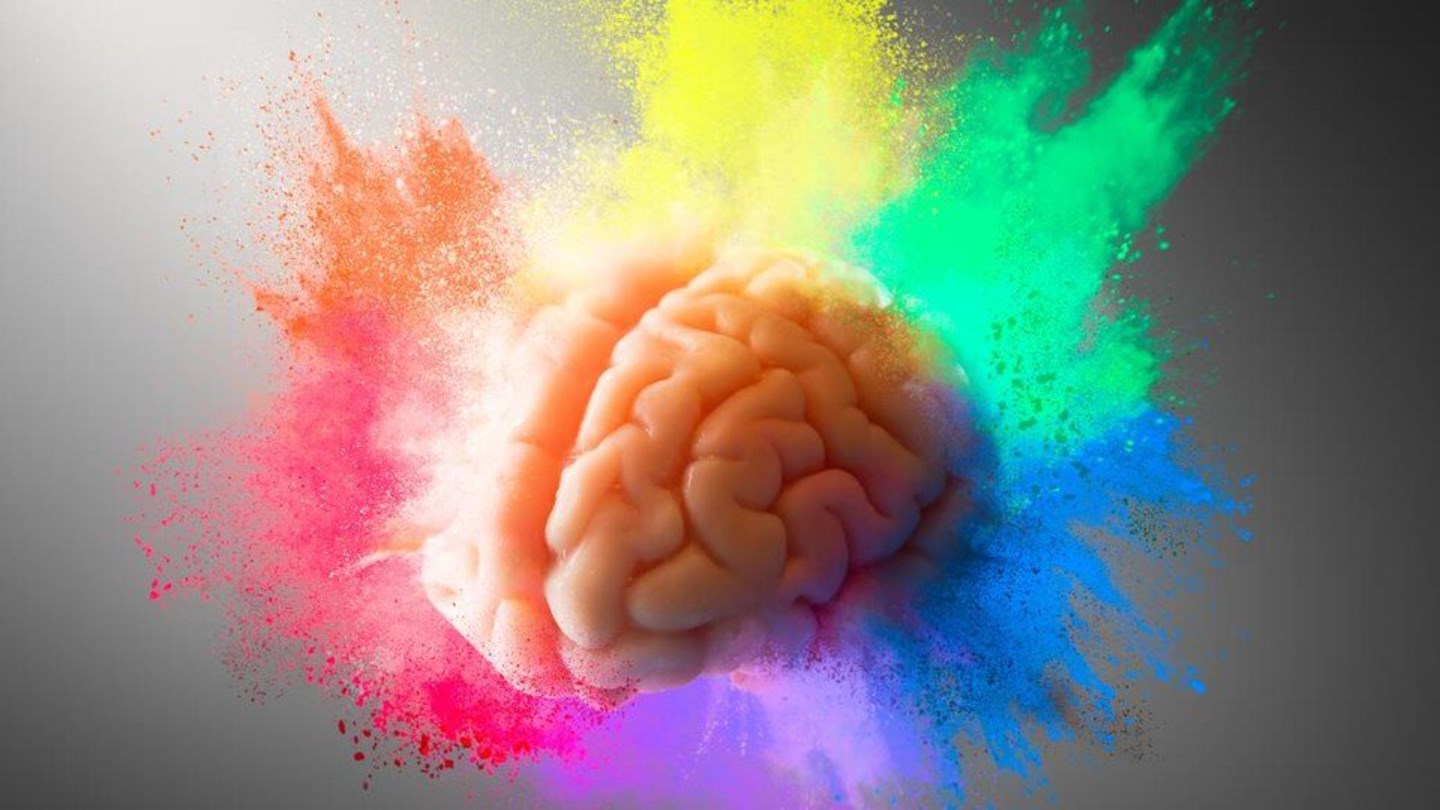How to Check What Color is Your Name with Synesthesia [2024]
- The "What Color Is Your Name" test is an online tool inspired by synesthesia that generates a color palette based on the letters in your name.
- Users can input their name into the test, and based on synesthetic associations, the tool generates a color palette representing the perceived colors associated with each letter in the name.
- The results are subjective and based on individual perceptions. They may vary from person to person and should be taken as a form of entertainment rather than a scientific diagnosis.
Have you ever wondered what your name’s color is? What if it’s deep blue like the ocean or the vibrant purple of the grapes? To sort this out, a “What Color Is Your Name” test explores the synesthetic phenomenon where individuals associate specific colors with names.
So, in this article, we will tell you all about it. By examining the color-name connection, we aim to understand how synesthetic perceptions shape our understanding of identity, language, and the world around us.
Table of Contents

What is Synesthesia?
Synesthesia is a remarkable neurological phenomenon, like a magical mix-up in the brain where one sense jumps into another, making colors swirl with sounds and tastes shimmer with shapes. Synesthetic experiences can involve various combinations of senses, such as seeing colors in response to hearing music or associating colors with letters or numbers.
It occurs in approximately 4% of the population, with different forms and intensities observed among individuals. Each synesthete carries within them a unique symphony of sensations, a personal universe of colors, textures, and shapes that define their perception of the world.

READ MORE: What is the Cheapest Tesla Model in 2024? All Cars Analyzed ➜
↪ Types of Synesthesia
Synesthesia has different types; each type brings its own unique blend of sensory experiences, adding layers of richness to perception for those who experience it. Here, we have described them briefly:
- Grapheme-color synesthesia: Seeing colors associated with letters and numbers.
- Chromesthesia: Hearing sounds and associating them with specific colors.
- Lexical-gustatory synesthesia: Tasting flavors in response to hearing or reading words.
- Spatial sequence synesthesia: Seeing numerical sequences or dates in specific spatial arrangements.
- Number-form synesthesia: Seeing numbers in specific spatial locations or arrangements.
- Auditory-tactile synesthesia: Feeling physical sensations on the body in response to hearing sounds.
- Mirror-touch synesthesia: Feeling physical sensations on the body when seeing another person being touched.
↪ How Synesthetes Experience Sensory Perceptions
Synesthetes experience senses in a unique way. They might see colors when they hear music or feel shapes when they taste food. These experiences happen automatically and are not something they can control.
What’s interesting is that synesthetes’ associations stay the same over time. For example, a certain sound will always bring the same color or feeling. These experiences are vivid and strong, making their world more interesting.

Every synesthete’s experience is different. Some might see colors with sounds, while others feel textures with tastes. It shows how varied and fascinating our perceptions can be.
READ MORE: Frinkiac – How to Use the Ultimate Simpsons Meme Maker! ➜
What Started the “What Color is Your Name” Trend
The ‘What Colour Is Your Name?’ quiz was created by Bernadette Sheridan, a New York-based product designer with Grapheme-Colour Synesthesia. She sees letters and numbers as specific colors, shaping her perception of the world.
Through her “What Color Is Your Name” website, she offers insights into the diverse ways synesthesia can manifest and how it shapes individual perceptions. The test gained popularity on TikTok after its introduction in February 2020. Users are intrigued by the idea of experiencing colors associated with their names, sparking widespread interest and conversation.
READ MORE:
↪ How to Take the “What Color is Your Name” Test
Taking the “What Color Is Your Name” test is simple and fun! Here’s how to do it:
Step 1: Visit the Website
Open any browser and search for “What Color Is Your Name.” Click on the link to access the website hosting the test.

Step 2: Enter Your Name
Now, click on the “See Your Name ” option and type your name into the box provided.

Step 3: View Your Color Palette
The test will generate a color palette based on synesthesia-inspired associations with your name. Take a look at the colors displayed, each representing a different letter in your name.

Step 4: Save and Share (Optional)
If you wish, you can save the image of your color palette. Share your colorful results with friends on social media if you’d like!

That’s it! Enjoy exploring the colorful world of synesthesia and discovering the unique associations your name might evoke.

Tips to Make the Most of the Test
The “What Color Is Your Name” test is a playful and creative tool that offers a glimpse into the subjective world of synesthetic experiences. Use it as an opportunity for self-reflection, creativity, and exploration of sensory perception. Here’s what you can do to make the most of it:
- Find a quiet and comfortable environment where you can focus without distractions.
- Before taking the test, reflect on your associations and emotions with your name.
- Consider any colors or visual imagery that come to mind when you think about your name.
- Keep an open mind and embrace the unique and subjective nature of synesthetic experiences.
- Use the color palette generated by the test as inspiration for creative projects.
- Explore how the colors associated with your name can be incorporated into art, design, or personal expression.
- Share your color palette with friends or family members and compare your results.
READ MORE: What Does Based Mean? The Origins & How to Use it Today ➜
In Closing: Embrace Your Synesthetic Experience
Synesthesia gives us a unique view of how our senses blend together, creating a colorful world where names can evoke vivid images and sensations. The “What Color Is Your Name” test lets us explore this phenomenon in a fun way, discovering the colors our names bring to mind.
As we take part in this exploration, we should appreciate the beauty of our sensory experiences and the way our minds connect sounds and colors. Let’s celebrate the diversity of perception and enjoy the colorful journey it takes us on.
How common is synesthesia?
FAQs
Synesthesia is estimated to occur in about 4% of the population, although the prevalence may vary depending on the type and definition of synesthesia.
While the test is inspired by synesthesia, it is more of a fun and creative exploration rather than a scientifically validated assessment.
Yes, the test is available to anyone who wishes to explore the colors associated with their name.
No, the test is free to take and does not require any payment.
The results of the test can be used as a creative and fun way to explore your name’s associations and spark conversations about perception and creativity. They can also inspire artistic endeavors or personal reflections on identity.
The colors generated by the test are based on subjective associations and can vary widely. If you don’t resonate with the colors, you can simply enjoy the experience as a form of creative exploration.
 Reviewed by
Reviewed by 




